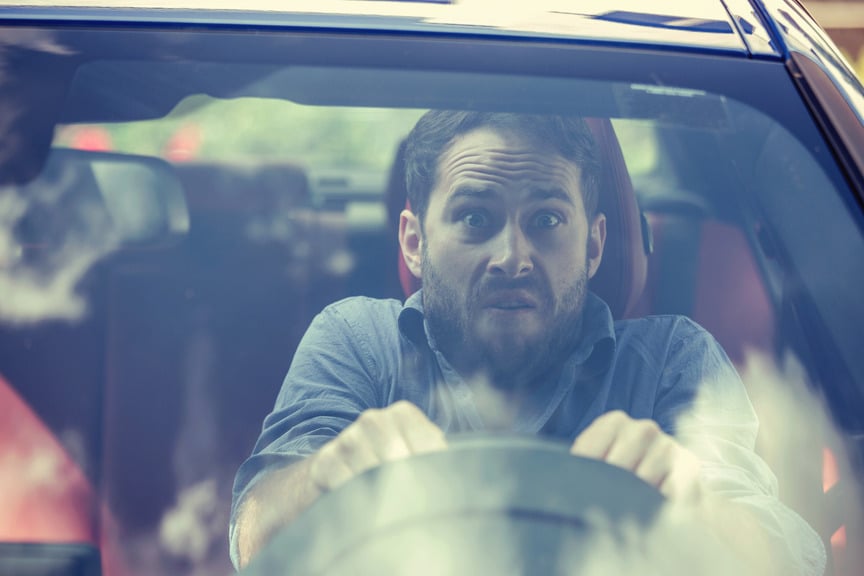
According to a National Highway Traffic Safety Administration (NHTSA) report, there were approximately 10,111 road deaths caused by speeding in 2016 (the most recent statistics), which made up 27 percent of all traffic fatalities that year.
Speed-related accidents can be especially dangerous for the following reasons:
- With greater speed, drivers can lose control of their vehicles.
- It can take more time and distance to come to a complete stop.
- The severity of a crash can increase with speed.
Speeding On City Streets Means Higher Risk Of A Crash
In response to the dangers posed by speeding on city streets, the Insurance Institute for Highway Safety (IIHS) is urging cities across the U.S. to reduce their speed limits.
IIHS conducted a study in Boston, which lowered its speed limit from 30 mph to 25 mph on municipal roads and dense areas in 2017. The study compared Boston roadways affected by the speed limit decrease with similar roadways in Providence, RI. They found that in a 25-mph zone, drivers are:
- 29.3% less likely to exceed 35 mph
- 8.5% less likely to exceed 30 mph
- 2.9% less likely to exceed 25 mph
On April 1st of this year, Portland reduced its speed limits from 25 mph to 20 mph in most of its residential neighborhoods – covering roughly 70 percent of the city’s street mileage. Shortly after, the City Council voted to lower the speed limit from 35 mph to 30 mph on Southeast Stark Street. The ordinance took effect immediately.
Portland has been taking further measures to reduce speeding, particularly on the two-mile stretch between North 33rd Drive and Insterstate 5. The speed limit was reduced from 40 mph to 35 mph and speed cameras were installed.
Additionally, speed cameras have been placed on some of Portland’s most dangerous streets. While they have prevented accidents involving speeding, many drivers still continue to drive over the posted speed limit. Furthermore, citations are only issued to drivers who exceed the speed limit by 11 miles per hour.
Other cities, including Seattle, and New York City, have lowered their speed limits as part of Vision Zero’s effort to eliminate traffic deaths. As a result, they have seen a significant reduction in fatal accidents.
What To Do If You’re Struck By A Speeding Driver
While lowering the speed limit in Portland may help reduce speed-related accidents, some drivers may still continue to drive recklessly. If you’ve been injured in a crash caused by a speeding driver in Portland, you should take your claim seriously from the start.
If you’re able to do so, it’s crucial to take photos of the crash scene and speak to witnesses. The amount of damage done to your vehicle and the distance of tire tracks (if the other driver applied his or her brakes) can often give clues as to how fast the other driver was traveling at the time of a crash.
You should also seek immediate medical attention, even if you feel ok. Injury symptoms can often take days to appear.
Don’t worry about dealing with the other driver’s insurance company. An experienced Portland auto accident attorney can take care of that so you can focus on recovery. Contact Zbinden & Curtis, Attorneys At Law today for a free case evaluation. We handle cases throughout Oregon.
This entry was posted on Wednesday, October 17th, 2018 at 4:56 pm and is filed under Car Accidents. You can follow any responses to this entry through the RSS 2.0 feed. You can leave a response, or trackback from your own site.









